And since revving up in 1970, the subsonic tunnel, considered a low-speed facility that can hit a maximum 235 miles per hour, has cranked out 650 tests.
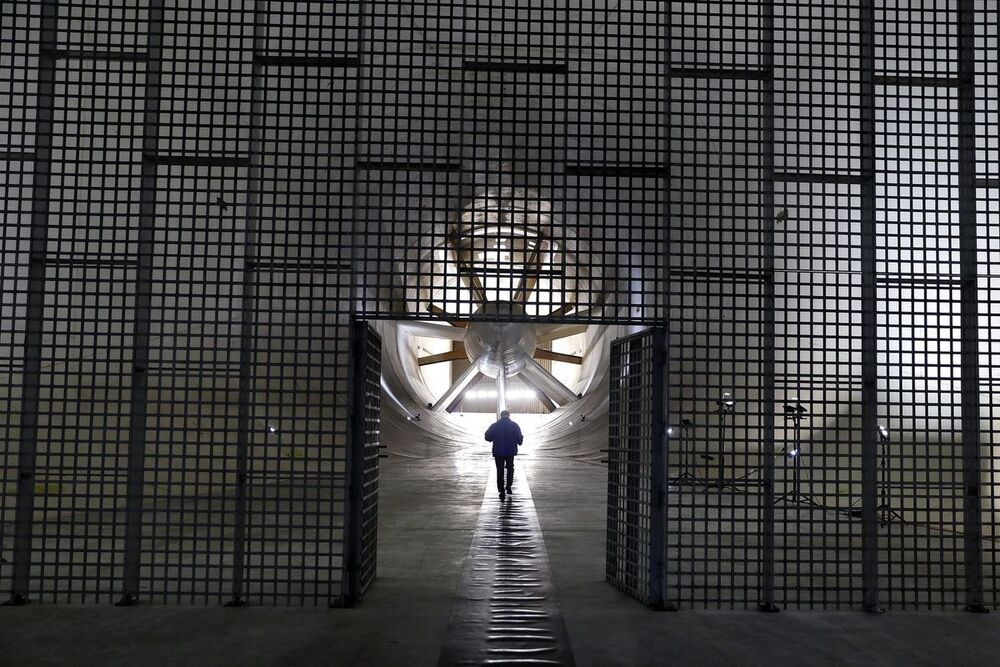


Telesat Canada is combining with major shareholder Loral Space & Communications to form one public company to finance its Low-Earth Orbit (LEO) constellation.
Telesat Canada and its co-owners Loral Space and Canada’s Public Sector Pension Investment Board (PSP Investments) revealed Tuesday that Telesat Canada and Loral will become subsidiaries of Telesat Corporation, a new publicly traded Canadian incorporated and controlled company. The company will be headquartered in Ottawa and led by Telesat CEO Dan Goldberg.
“Following the closing of the transaction, Telesat will have access to the public equity markets, providing increased flexibility and optionality to support our promising investment opportunities, including Telesat LEO, which will bridge the digital divide both at home in Canada and around the world, and give our customers the competitive advantage they need to be successful,” Goldberg commented in the news release.
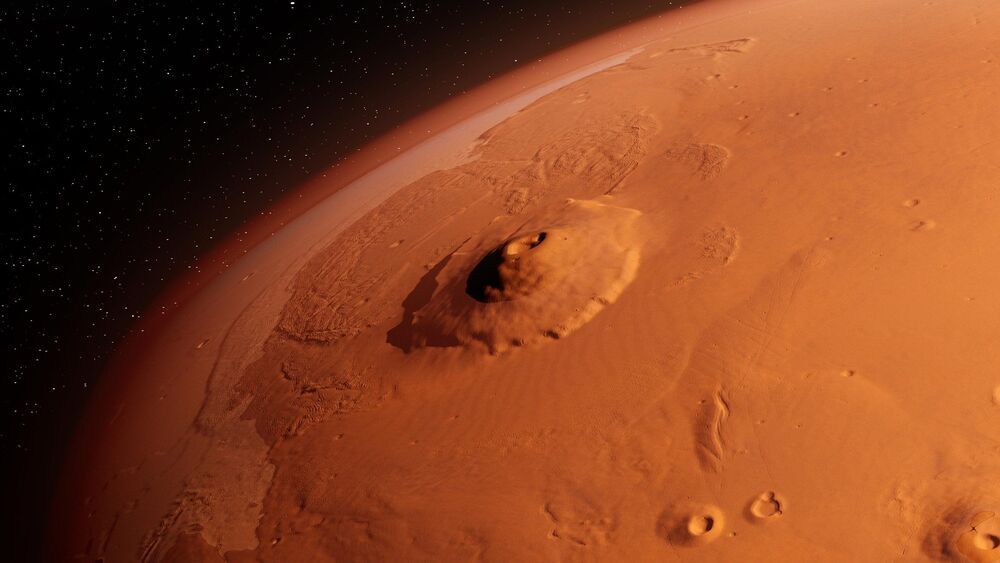
Analysis of an ancient meteorite from Mars suggests that the mineral zircon may be abundant on the surface of the red planet.
By determining the age and hafnium isotope composition of zircons, researchers from the University of Copenhagen have shown that a population of these crystals were sourced from the deep interior of Mars. If the researchers are correct, it means that the young zircons contain information about the deep, inaccessible interior of Mars, which provides insights into the internal structure of the planet.
“Zircon are incredibly durable crystals that can be dated and preserve information that tell us about their origins. Having access to so many zircons is like opening a time window into the geologic history of the planet.” —
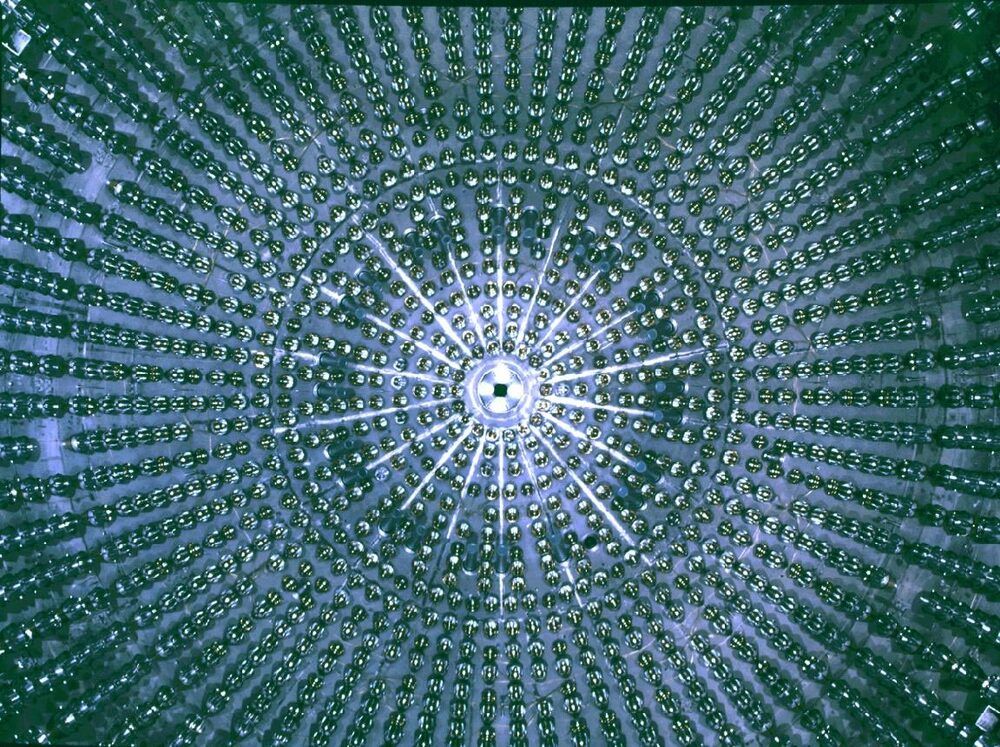
Neutrinos Yield First Experimental Evidence of Catalyzed Fusion Dominant in Many Stars
An international team of about 100 scientists of the Borexino Collaboration, including particle physicist Andrea Pocar at the University of Massachusetts Amherst, report in Nature this week detection of neutrinos from the sun, directly revealing for the first time that the carbon-nitrogen-oxygen (CNO) fusion-cycle is at work in our sun.
The CNO cycle is the dominant energy source powering stars heavier than the sun, but it had so far never been directly detected in any star, Pocar explains.
NASA’s intrepid Juno spacecraft has been probing and documenting the Jovian system since it first arrived back in July of 2016, after a five-year journey from Earth. While we’ve all seen many of the remarkable photos its instruments and cameras have recorded as it circles the planet, it’s still far removed from the sheer immensity witnessed firsthand by the probe.
To offer up a front row seat aboard Juno, a new five-minute flyby video, comprised of 41 separate images recorded by the craft, delivers a small glimpse of what we’d observe if we were a stowaway passenger as it passed over the gas giant at a range of approximately 2,100 miles above the cloudtops.
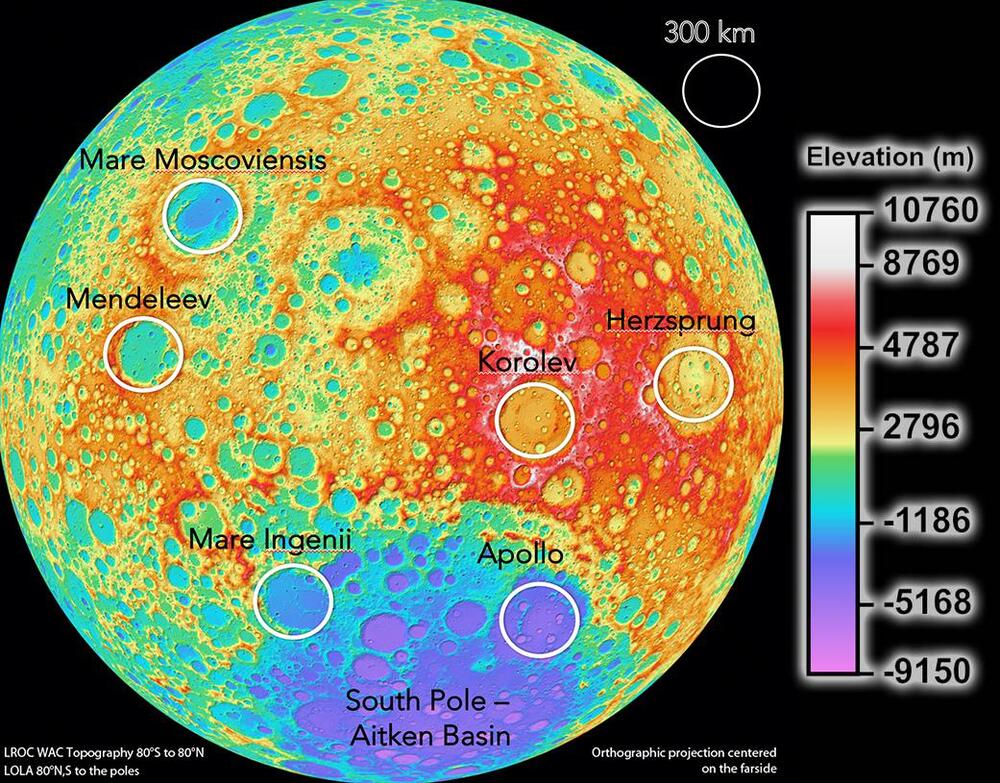

While we are opening our preliminary discussion for the 3rd SRI World Congress, a number of questions and concerns are being expressed by the main space columnists, about what could be the philosophic setup of the space policy defined by the new US Administration, should it be confirmed the next December 14th. Though Joe Biden didn’t yet say very much about space policy, the most accredited plans foresee cuts to the budget of NASA’s manned space flight programs, in order to give more fuel to the observation of Earth, climate change, and environmental issues.
We are not against raising the budget to Earth observation programs, which are much needed in the current climatic and environmental situation. Besides Earth observation, space agencies should also begin considering the use of space technologies to mitigate the effects of the climate change and the environmental issues, i.e. active space strategies targeted to control the Earth climate.
However, the most important point to be duly focused is that the same priority granted to environmental space programs should be given to bootstrapping the geo-lunar space region settlement and industrialization. Space development is the primary strategy against the awful multi-crisis that is striking our globalized civilization: pandemics, economic, climatic-environmental, resource conflicts, migrations, unemployment.
This is the moment a bright meteor crossed the sky over Brazil and exploded.
The phenomenon was captured on camera by the Heller and Jung Space Observatory early Monday as it entered the Earth’s atmosphere.
The center’s surveillance system, located in the city of Taquara, recorded the meteor exploding some 462 miles away near the border between Rio Grande do Sul and Uruguay approximately at 2:31am local time.
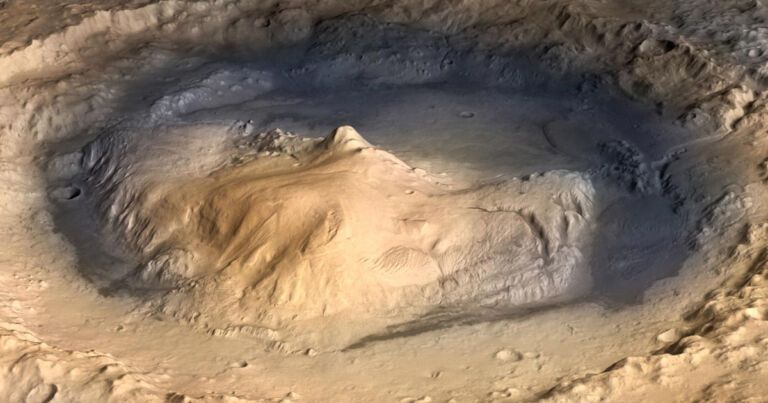
Megafloods on Mars. 😃
Swept Away
The end result — which the scientists identified using data from NASA’s Curiosity rover — is that the floods shaped the surface of Mars into 30-foot-tall ripples of rock and dust. The water itself is long gone — but the scientists speculate that the floods means the planet may have been inhabitable at the time.
“Early Mars was an extremely active planet from a geological point of view,” study coauthor Alberto Fairén, an astrobiologist visiting Cornell, said in the release. “The planet had the conditions needed to support the presence of liquid water on the surface — and on Earth, where there’s water, there’s life.”
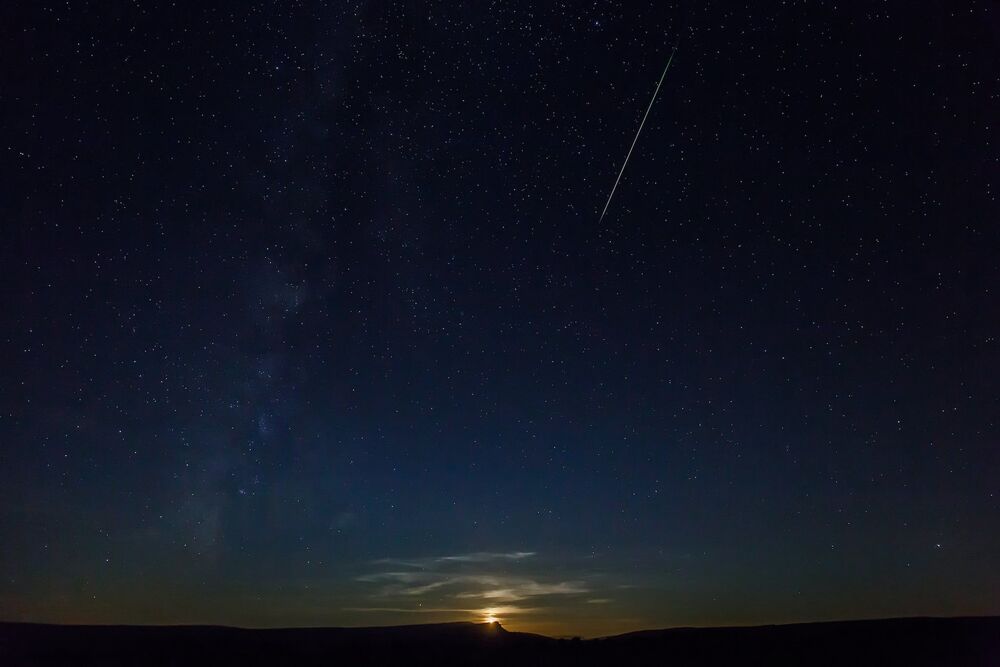
Jupiter and Saturn will be aligned this December, it seems. Something not seen since the middle ages. 🙂
Jupiter and Saturn are about to line up in a way not seen since the Middle Ages, astronomers say.
When the sun sets on 21 December – the winter solstice – people looking up to the sky will see Jupiter and Saturn closer than anyone alive has ever seen them before.
It will be the first time that such a sight has been seen for 800 years.